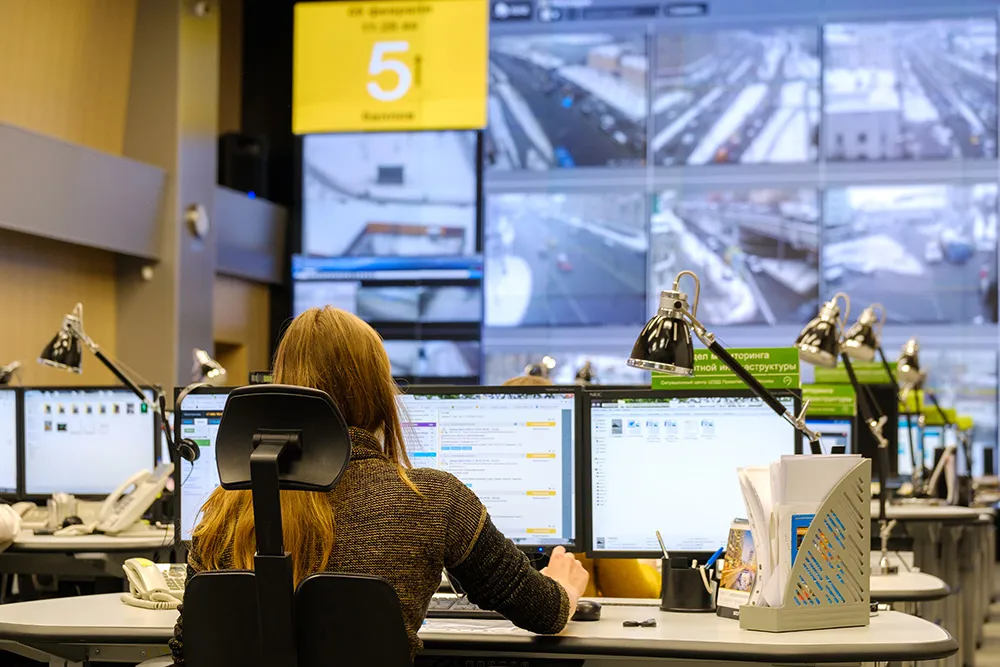
Built on Inrix XD Traffic, which covers 1.7 million miles of road in 28 European and Middle East countries, Inrix Roadway Analytics allows agencies to perform before and after studies to quantify and communicate the impact of a road improvement or events. In addition, the browser-based application can monitor and identify performance trends on key roads or segments; produce congestion reduction, travel time and emergency response KPIs; and monitor and compare roadway conditions at roadwork and construction sites and make adjustments minimise their impact.









